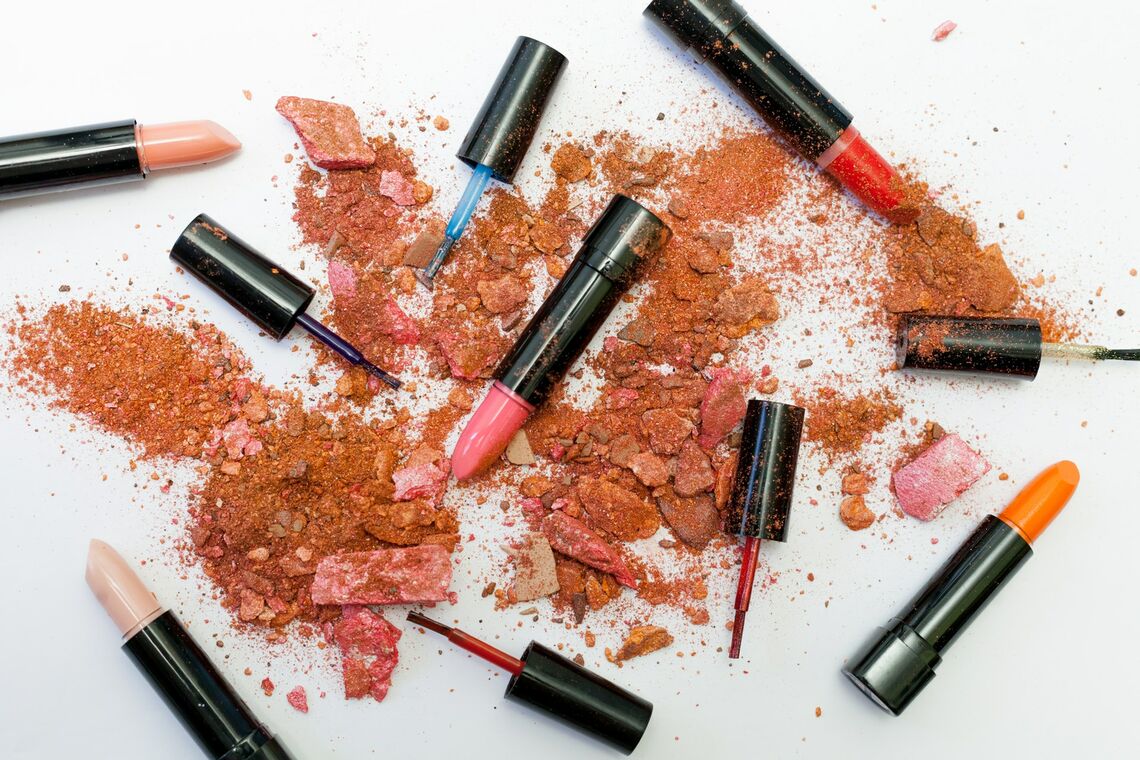Importing Cosmetics TL;DR:
-
Over 80% of the $500 billion global cosmetics market is outside the US
-
Reaching these customers requires an international shipping program and an understanding of the local regulatory market
-
In the US, 11 chemicals cannot be used in cosmetics; in Canada, over 500 are prohibited or restricted; in Europe, that number exceeds 1,300
-
Checking the “quali-quanti” restrictions can give customers assurances that their orders will arrive
-
Passport can help you understand the regulations and make your international shipments as simple as printing a label
Beauty is big business. Valued at over $500B globally, the market for cosmetics, skin care, and fragrances is expected to balloon to a whopping $715B in the next five years. Yet, for consumers looking for unique products that better match their skin type, tone, or even social preferences, the options were limited. Direct-to-consumer brands have taken note, and a new generation of US cosmetics startups aims to fill the void by delivering on consumer preferences, personalization, and convenience.
Many of these brands have found a loyal following with their US consumers. While the US is one of the largest individual country markets at $90B in revenue, more than 80% of the global beauty and cosmetics opportunity is overseas.
Reaching these consumers is more than just a logistical challenge of shipping internationally. Given the chemical ingredients and the sensitive areas on which they are applied, beauty and skincare products are heavily regulated. Most countries have strict rules that govern the content, packaging, and therapeutic claims that beauty and skincare products must adhere to.
The Quali-Quanti Formula
Cosmetics regulations can be quite different in global markets. While the US Food and Drug Administration (FDA) bans 11 cosmetic ingredients like Chloroform and Mercury from being used in beauty and skincare products, Canada prohibits or restricts over 500 chemicals and the European Union (EU) regulates more than 1,300 ingredients.
A US brand that has built their product on a specific ingredient or formula may find that their product cannot be sold in specific markets. Ingredients can be prohibited altogether, or restricted by the level of concentration allowed. This is known as the “quali-quanti formula” that specified the qualitative ingredients as well as their quantitative thresholds.” For example, hydrogen peroxide is often used in teeth whitening strips. The US allows up to 14% concentration of hydrogen peroxide, while the UK and the EU prohibit direct-to-consumer sales of any concentrations above 0.1%
As an example, here are some common ingredients used in cosmetics in the US and how they’re regulated across markets:
| Ingredient | Found in | Canada | EU |
|---|---|---|---|
| Benzoyl peroxide | Acne treatments | Not permitted in products to be applied to the skin | Restricted to 0.7% concentrations |
| Salicylic acid | Hair dyes | Not permitted in products to be applied to the skin | Prohibited |
| Retinol | Acne treatments | Restricted to 1% | Prohibited |
| Lactic acid | Face wash | Restricted to 10% concentration | Restricted to 10% concentration |
| Hydroquinone | Skin lightener | Restricted to 0.3% | Restricted to 1% |
| Triclosan | Mouthwash | Restricted to 0.03% concentration | Prohibited |
According to the consumer advocacy firm Environmental Working Group, there are several chemicals that are commonly found in US cosmetics, but prohibited or restricted in the EU and Canada. For example, hair straightening products like keratin contain high concentrations of Formaldehyde, a known allergen and carcinogen. Parabens are preservatives often used to extend the shelf life of cosmetics. And eyeshadow may contain coal tar dyes. All three of these substances are banned in the EU.
Give your customers peace of mind that their order will arrive
Some brands leave it up to chance and play “Customs Roulette,” shipping the product and hoping it gets to their customer. The worst time to find out if cosmetic ingredients are restricted or prohibited is after the product has shipped and is seized by customs at the border.
Consumers expect brands to know where their products can ship, and they want assurances that they aren’t taking a gamble when they click the buy button. That’s where Passport Shipping can help. We’ve partnered with best-in-class regulatory consultancies to offer complimentary ingredient reviews for our customers.
If you’d like to learn more, please contact sales@passportshipping.com or fill out our contact form.




